TBM-3W the "Ugly Avenger" ...
Mon Jan 20, 2014 10:00 pm
Original posted by Mark Allen - images restored - Scott WRG Ediitor
My opinion only of course.
The Eastern TBM-3W Avenger was an airborne early warning radar aircraft developed during the Second World War but that only entered service in May 1946. Work on airborne warning radar began early in 1942 at the Radiation Lab at MIT (Project Cadillac). At this point radar was becoming common on warships, but a radar set mounted on a 50ft mast could only detect low flying aircraft at very close range - 20 miles for an aircraft at 500ft. For an aircraft flying at 300mph this only amounted to a four minute warning.
Although the Avenger had not yet entered service it was the obvious aircraft to carry the new radar set, being one of the largest aircraft then operating from carriers, and with a large internal bomb bay. The resulting APS-20 radar set had an 8ft by 3ft antenna, the largest that would fit between the undercarriage legs of the Avenger. The radar set was mounted in the forward part of the bomb bay, with the antenna protected by a massive fibreglass radome. Two radar operators were located in the radio operator's station at the rear of the aircraft, while the turret was removed and a new single place cockpit with a turtle-back fairing replaced the greenhouse. At the same time as gaining a second crewman the radio operator's compartment lost some space as the 'tunnel' was smoothed off to improve the aircraft's rear ground clearance.
The rest of the fuselage was filled with electrical equipment, including two VHF radios, IFF gear, the rest of the radar set and data link relay equipment that could transmit the radar data to another aircraft or to the ground. Finally auxiliary tail fins were added near the tips of the horizontal stabilisers to improve lateral stability.
The XTBM-3W prototype made its maiden flight on 5 August 1944, and was successful enough to encourage the Navy to order a number of conversions. The urgency of this programme dramatically increased after the start of large scale kamikaze attacks, and forty radar sets were produced. Air crews were training with the new aircraft early in 1945, but this training period lasted so long that the war ended before they could join the fleet.
The TBM-3W joined the fleet in May 1946, and was soon paired with the TBM-3S in hunter-killer anti-submarine teams. The powerful radar in the -3W would be used to find a potential Soviet submarine, guiding the -3S onto its target. The -3W remained in service with the US fleet until the mid 1950, when it was replaced by early warning versions of the Grumman AF Guardian and Douglas AD Skyraider
Rickard, J (18 August 2010), Eastern TBM-3W Avenger , http://www.historyofwar.org/articles/we ... enger.html
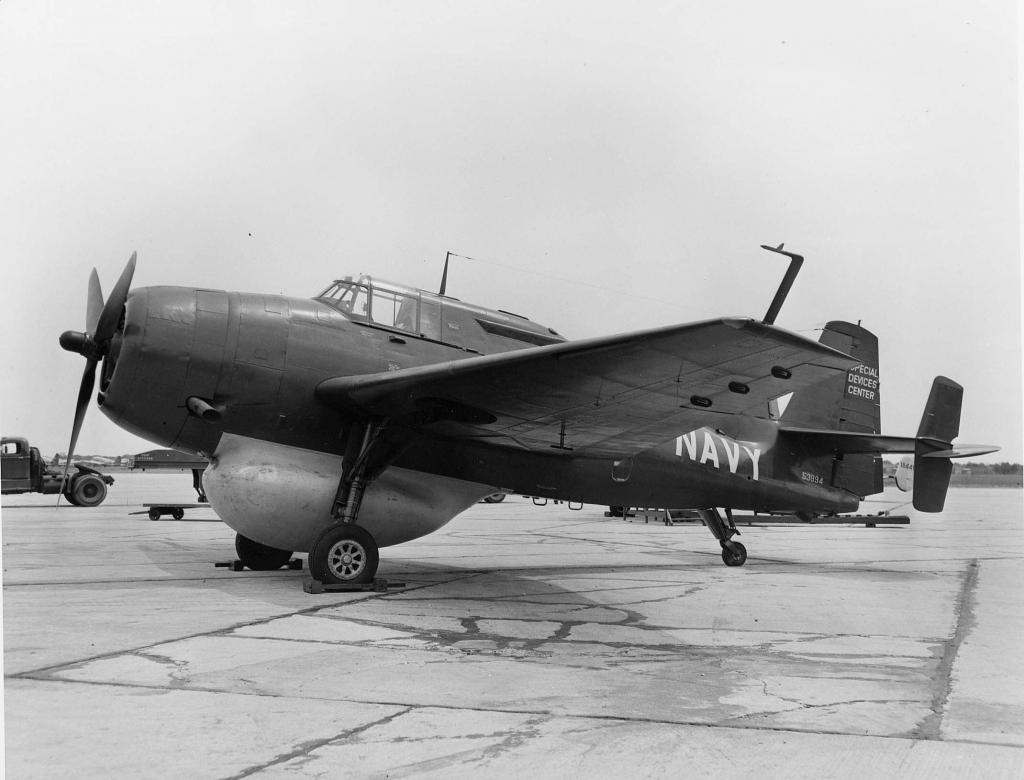
TBM-3W2 of the Special Devices Center on the ground.
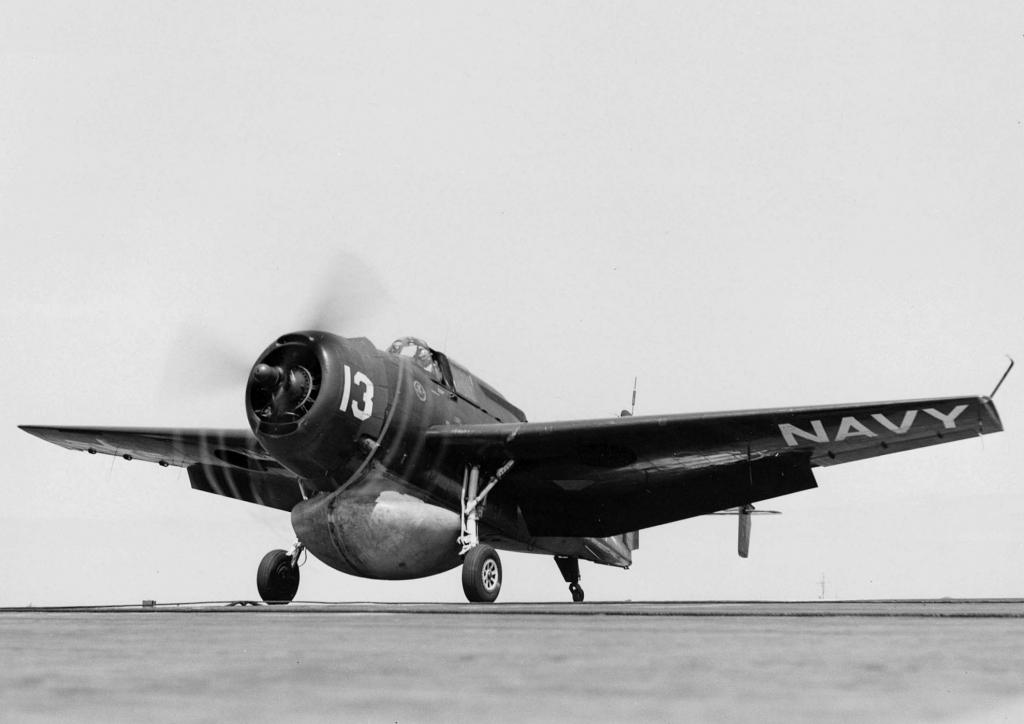
TBM-3W VC-12 on USS Palau (CVE-122)
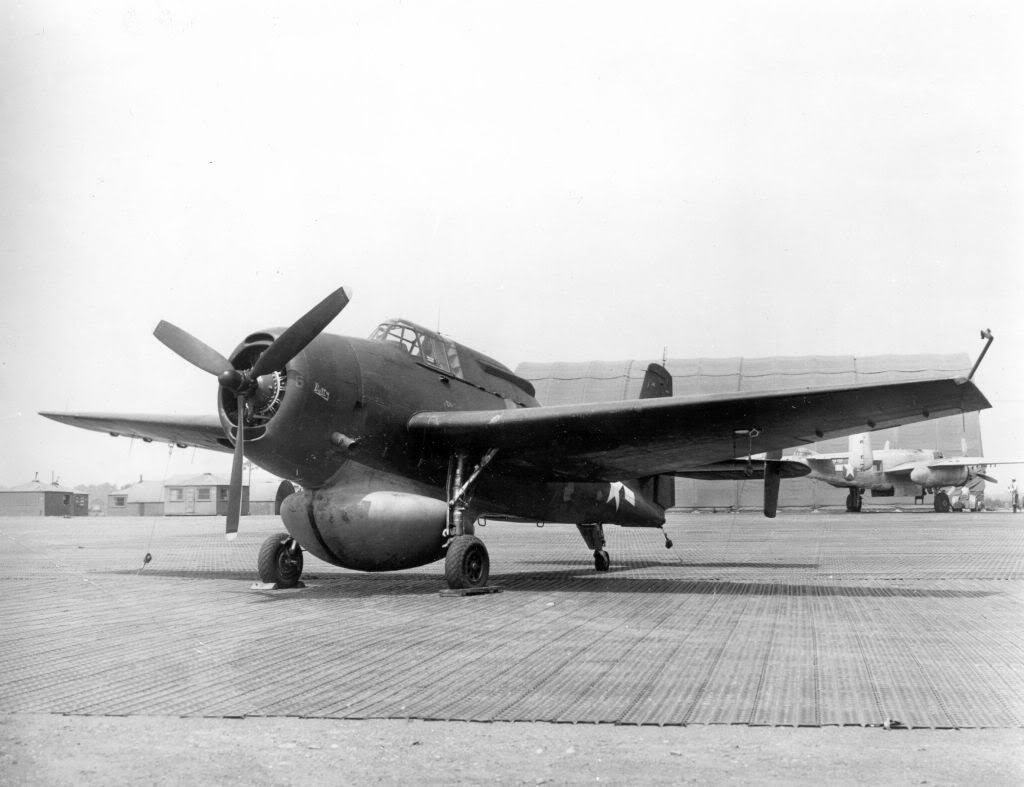
Grumman TBM-3W on ground radar guppy
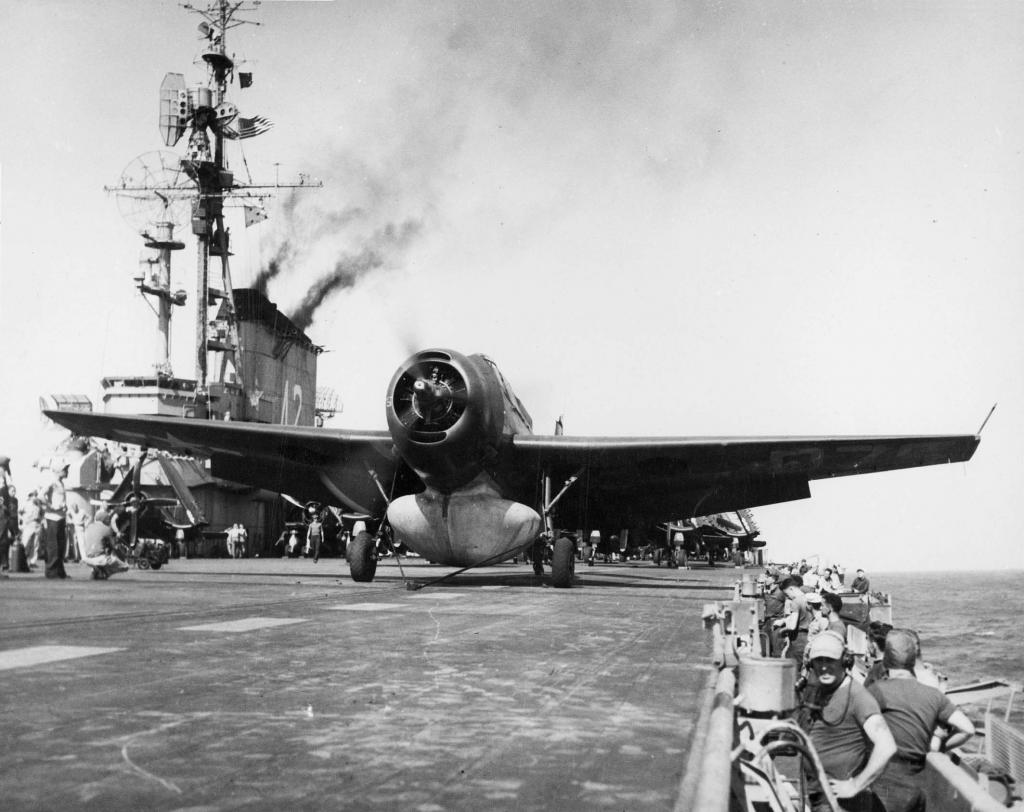
TBM-3W on USS F D Roosevelt 1946
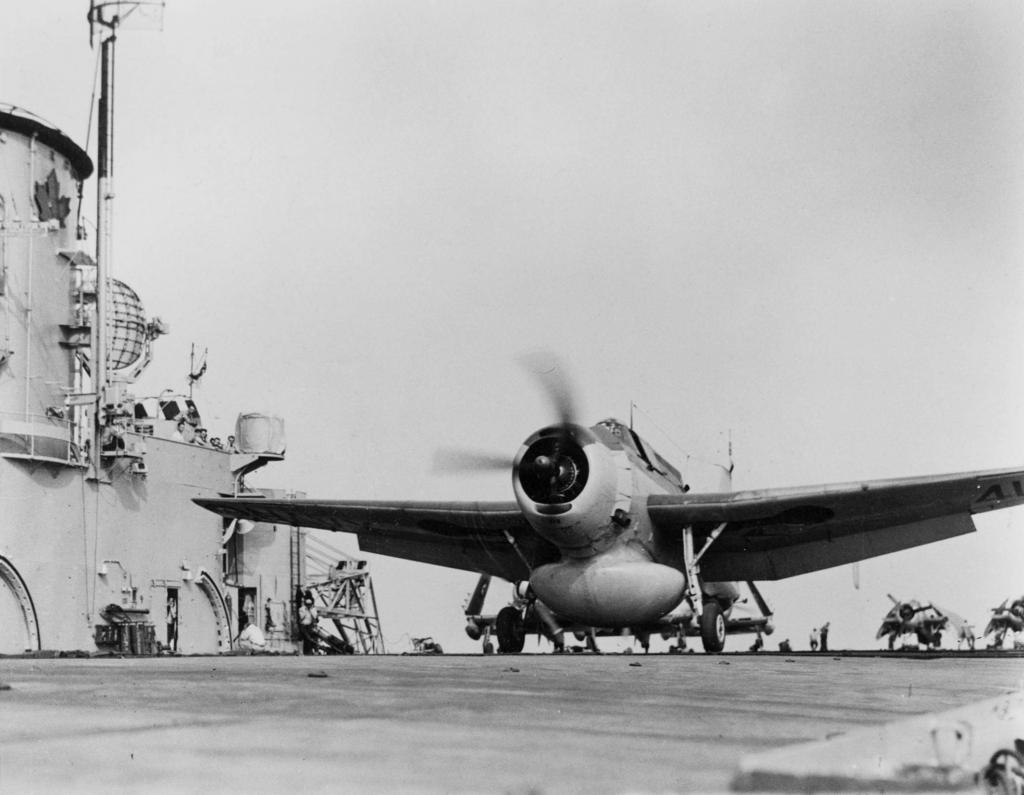
TBM-3W on HMCS Magnificent (CVL 21).
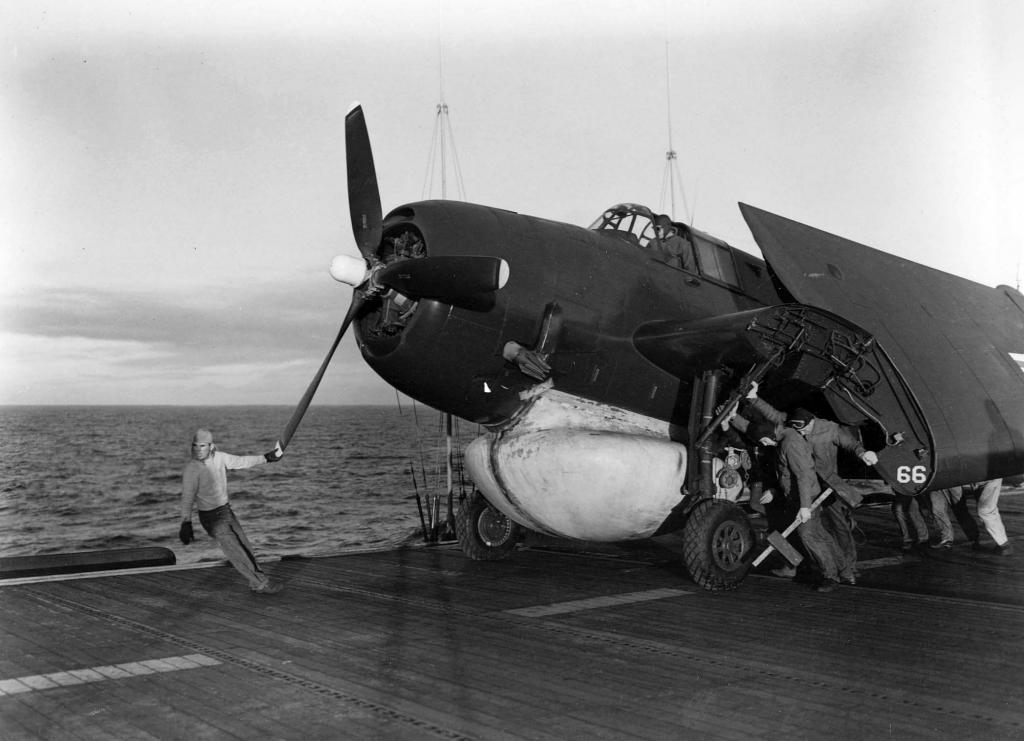
TBM-3W VC-11 on USS Badoeng Strait (CVE-116).
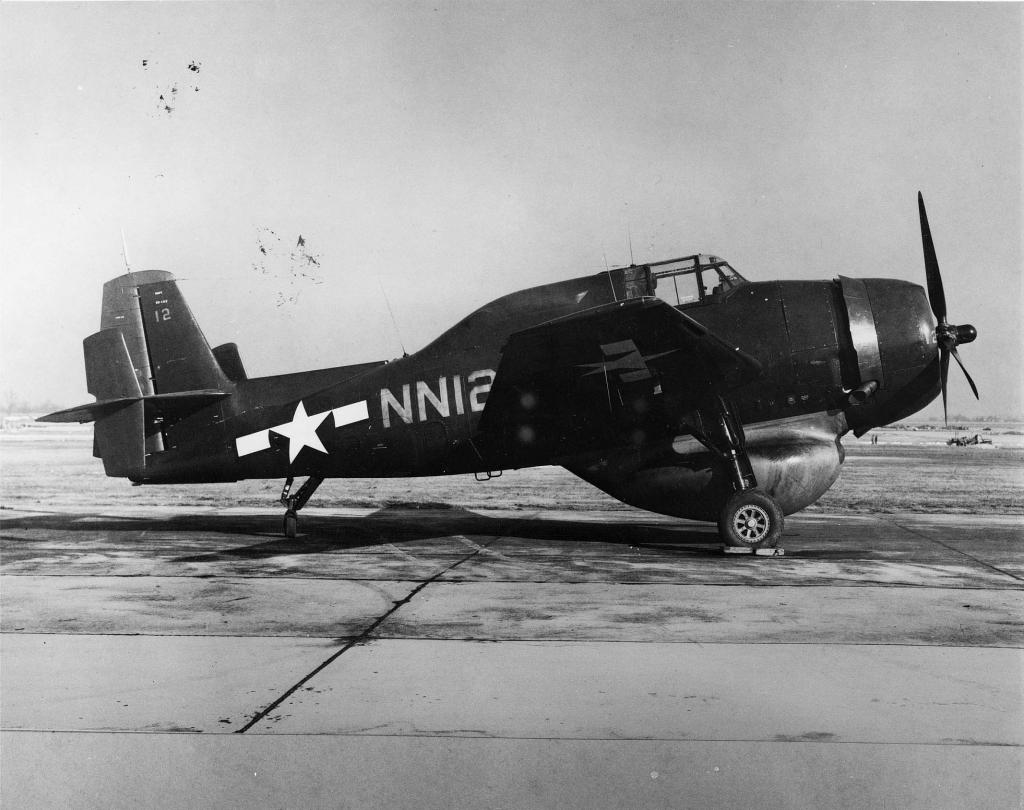
TBM-3W on the ground at Naval Air Training Center (NATC), Naval Air Station (NAS) Patuxent River.
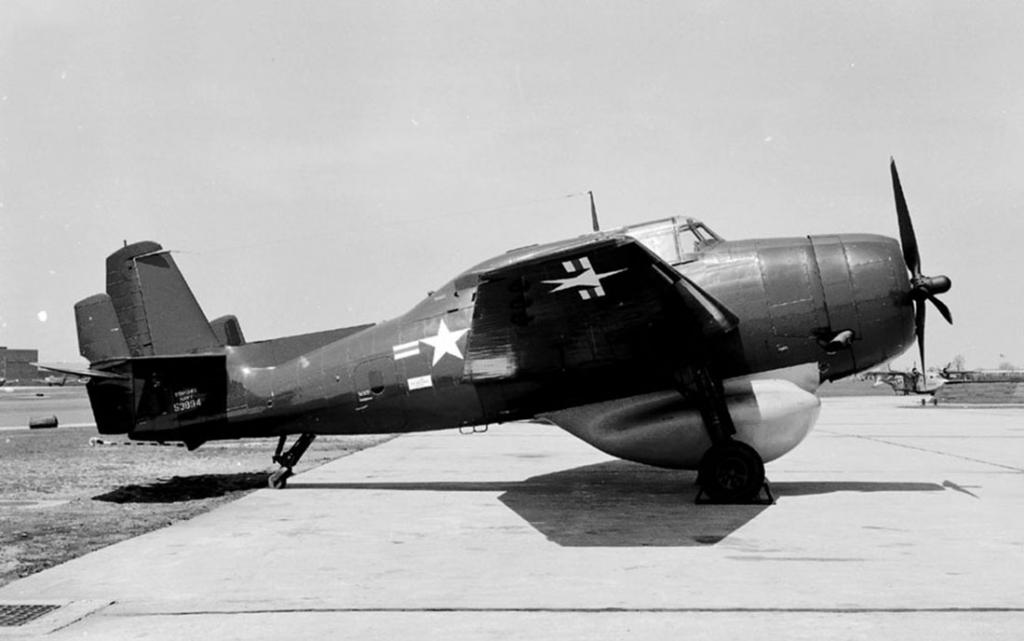
TBM-3W-2 (53894) at the factory in June 1958.
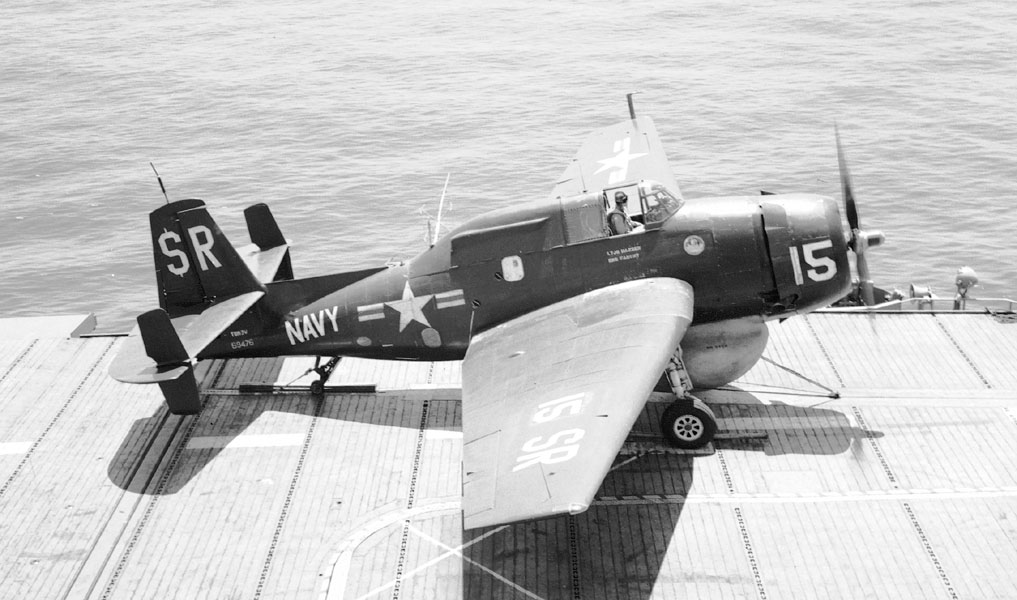
TBM-3W (69476) aboard CVE-122 PALAU in June 1951.
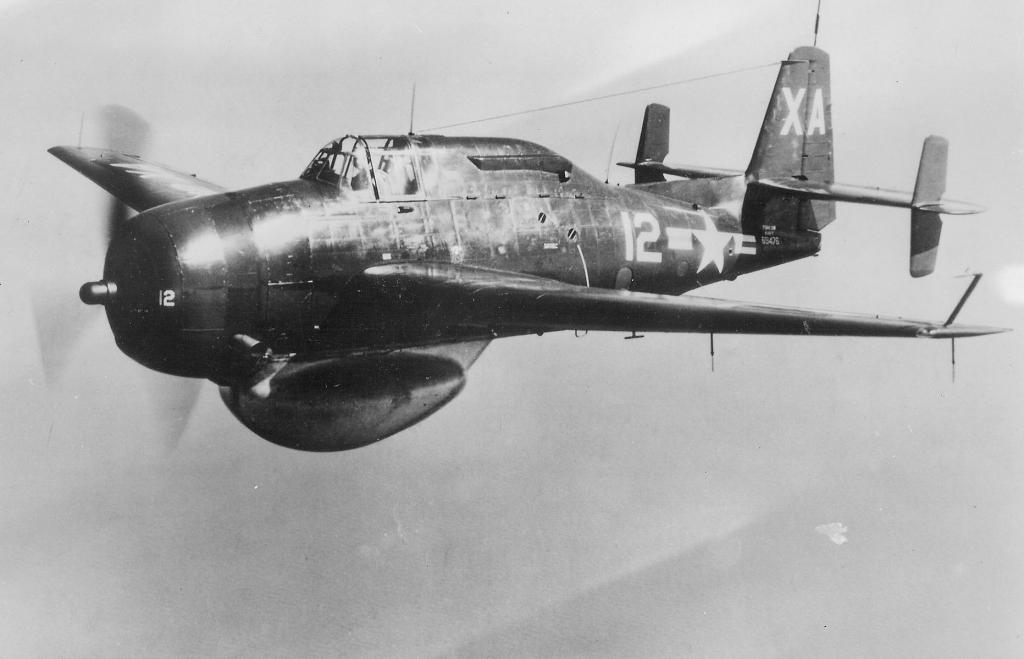
TBM-3W Avenger, BuNo 69476, equipped with APS-20 radar in flight

TBM-3W
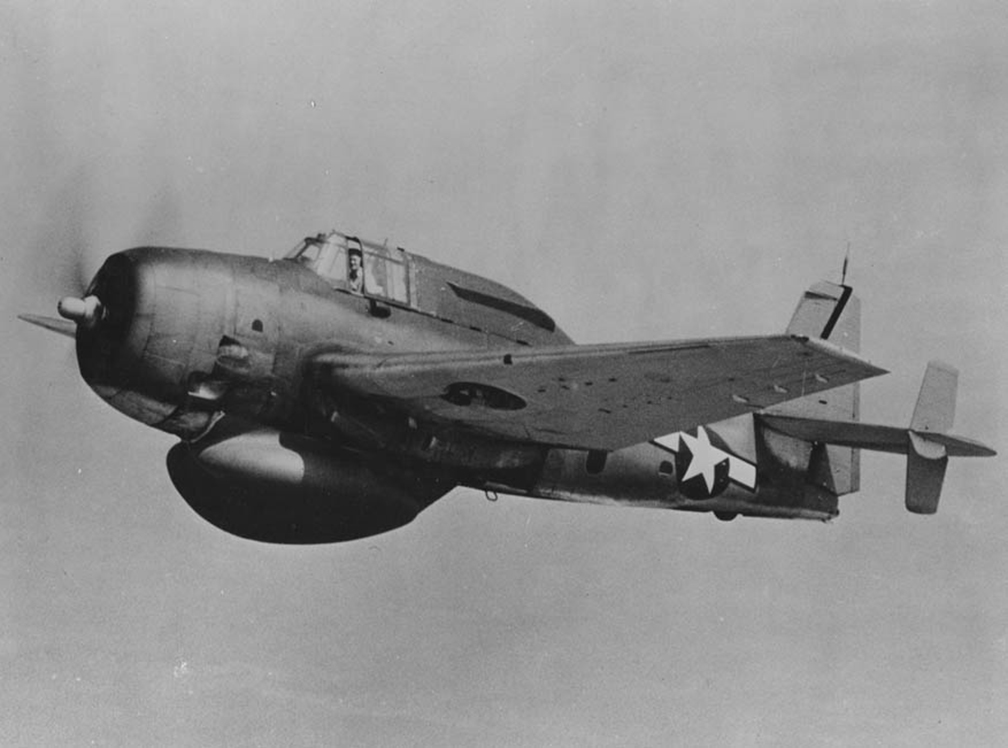
TBM-3W Aerial Early Warning Avenger 1945
My opinion only of course.
The Eastern TBM-3W Avenger was an airborne early warning radar aircraft developed during the Second World War but that only entered service in May 1946. Work on airborne warning radar began early in 1942 at the Radiation Lab at MIT (Project Cadillac). At this point radar was becoming common on warships, but a radar set mounted on a 50ft mast could only detect low flying aircraft at very close range - 20 miles for an aircraft at 500ft. For an aircraft flying at 300mph this only amounted to a four minute warning.
Although the Avenger had not yet entered service it was the obvious aircraft to carry the new radar set, being one of the largest aircraft then operating from carriers, and with a large internal bomb bay. The resulting APS-20 radar set had an 8ft by 3ft antenna, the largest that would fit between the undercarriage legs of the Avenger. The radar set was mounted in the forward part of the bomb bay, with the antenna protected by a massive fibreglass radome. Two radar operators were located in the radio operator's station at the rear of the aircraft, while the turret was removed and a new single place cockpit with a turtle-back fairing replaced the greenhouse. At the same time as gaining a second crewman the radio operator's compartment lost some space as the 'tunnel' was smoothed off to improve the aircraft's rear ground clearance.
The rest of the fuselage was filled with electrical equipment, including two VHF radios, IFF gear, the rest of the radar set and data link relay equipment that could transmit the radar data to another aircraft or to the ground. Finally auxiliary tail fins were added near the tips of the horizontal stabilisers to improve lateral stability.
The XTBM-3W prototype made its maiden flight on 5 August 1944, and was successful enough to encourage the Navy to order a number of conversions. The urgency of this programme dramatically increased after the start of large scale kamikaze attacks, and forty radar sets were produced. Air crews were training with the new aircraft early in 1945, but this training period lasted so long that the war ended before they could join the fleet.
The TBM-3W joined the fleet in May 1946, and was soon paired with the TBM-3S in hunter-killer anti-submarine teams. The powerful radar in the -3W would be used to find a potential Soviet submarine, guiding the -3S onto its target. The -3W remained in service with the US fleet until the mid 1950, when it was replaced by early warning versions of the Grumman AF Guardian and Douglas AD Skyraider
Rickard, J (18 August 2010), Eastern TBM-3W Avenger , http://www.historyofwar.org/articles/we ... enger.html

TBM-3W2 of the Special Devices Center on the ground.

TBM-3W VC-12 on USS Palau (CVE-122)

Grumman TBM-3W on ground radar guppy

TBM-3W on USS F D Roosevelt 1946

TBM-3W on HMCS Magnificent (CVL 21).

TBM-3W VC-11 on USS Badoeng Strait (CVE-116).

TBM-3W on the ground at Naval Air Training Center (NATC), Naval Air Station (NAS) Patuxent River.

TBM-3W-2 (53894) at the factory in June 1958.

TBM-3W (69476) aboard CVE-122 PALAU in June 1951.

TBM-3W Avenger, BuNo 69476, equipped with APS-20 radar in flight

TBM-3W

TBM-3W Aerial Early Warning Avenger 1945
Re: TBM-3W the "Ugly Avenger" ...
Mon Jan 20, 2014 10:09 pm

And the even uglier Skyraider AEW, which replaced the Avenger, what were they thinking.
Re: TBM-3W the "Ugly Avenger" ...
Tue Jan 21, 2014 5:40 am
Great photos, thanks for posting.
The other half of Project Cadillac was conversion of the B-17 to be, in effect, the first AWACS system as the PB-1W.
The other half of Project Cadillac was conversion of the B-17 to be, in effect, the first AWACS system as the PB-1W.
Re: TBM-3W the "Ugly Avenger" ...
Tue Jan 21, 2014 7:22 am
Mark Allen M wrote:
TBM-3W on USS F D Roosevelt 1946
Is that an early catapult hookup or did someone forget to remove the towbar?
Re: TBM-3W the "Ugly Avenger" ...
Tue Jan 21, 2014 8:47 am
Yes that's the catapult setup ready to launch.
Re: TBM-3W the "Ugly Avenger" ...
Tue Jan 21, 2014 9:47 am
What happened to the catapult wire after launch?
Re: TBM-3W the "Ugly Avenger" ...
Tue Jan 21, 2014 11:09 am
These Avengers are interesting as well. Just not as ugly 
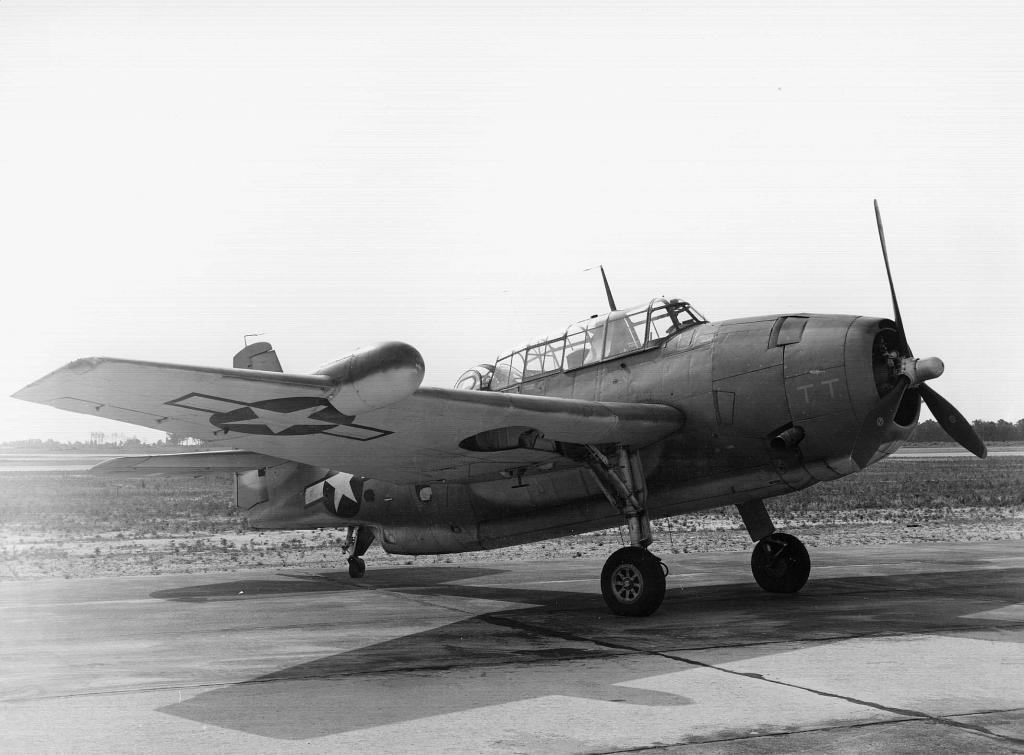
General Moters TBM-1D on the ground at Naval Air Training Center (NATC), Patuxent River.
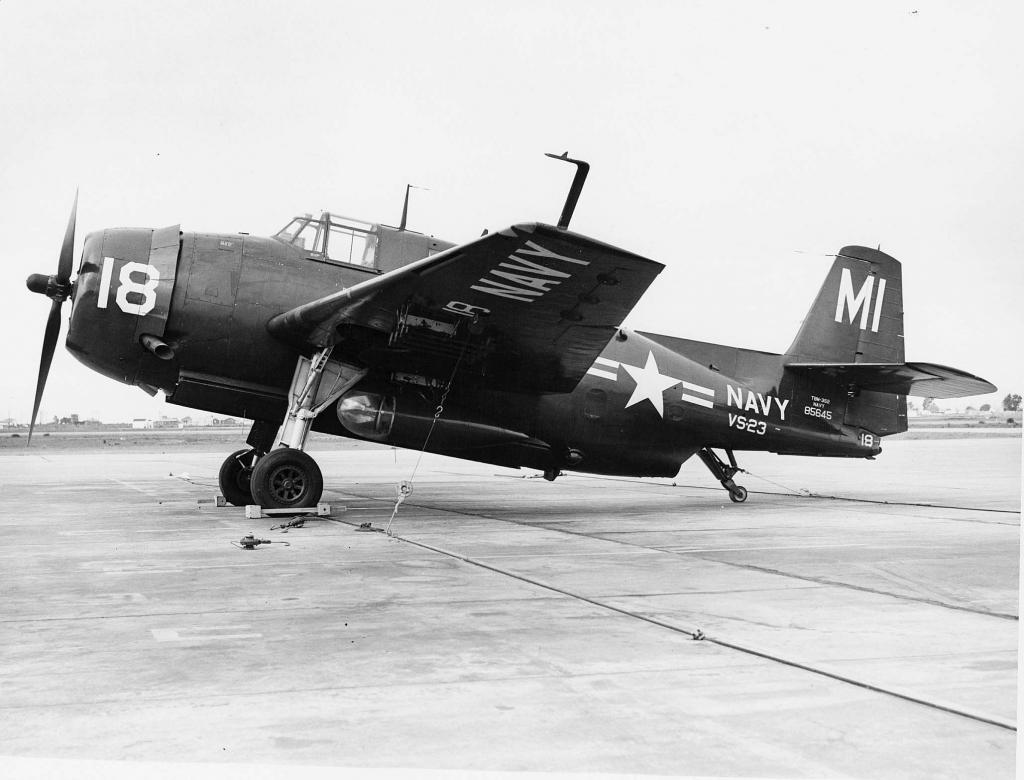
TBM-3S2 of Scouting Squadron Twenty-Three (VS-23) on the ground at Naval Air Station (NAS) Oakland.
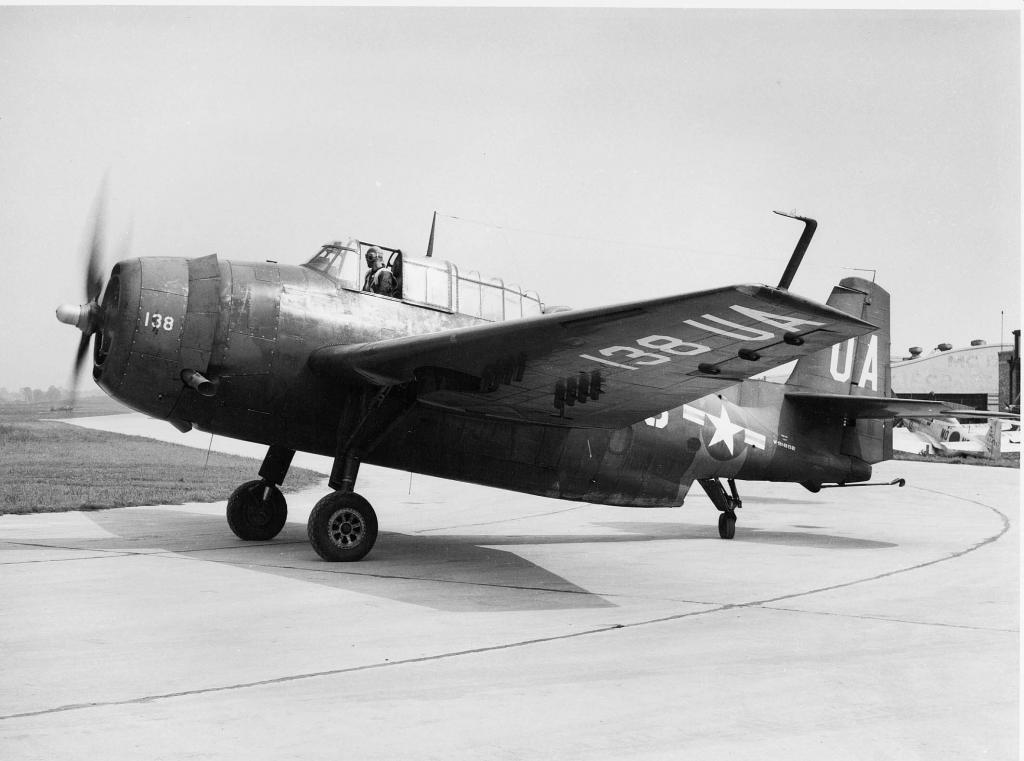
TBM-3E
Avenger with the Naval Air Reserve Unit (NARU) St. Louis pictured
sitting on flight line at Naval Air Station (NAS) St. Louis MO.
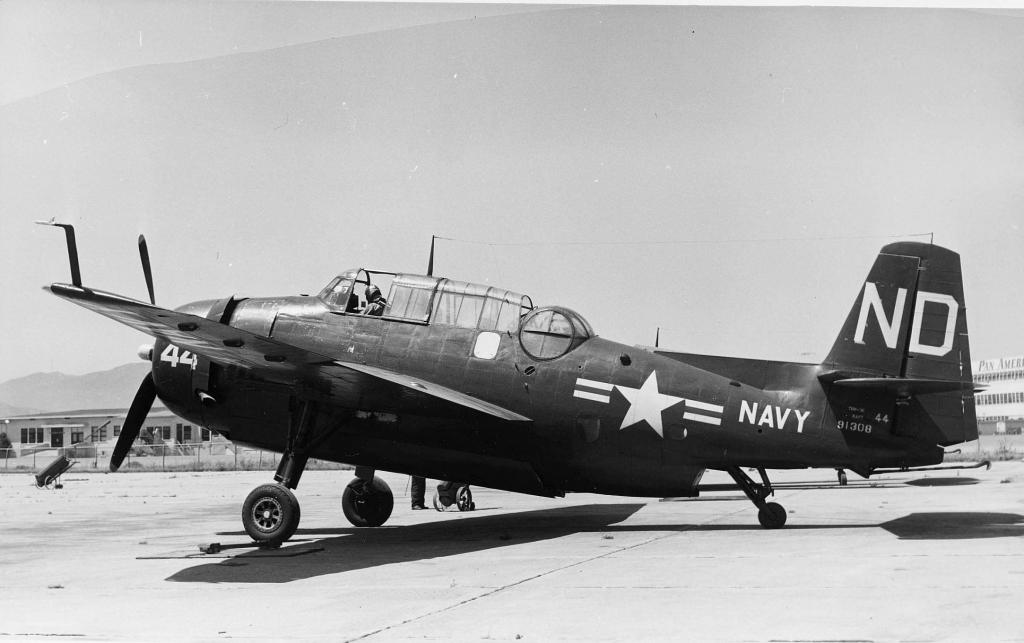
TBM-3E Avenger, with Composite Squadron Eleven (VC-11) parked on the flight line at San Francisco Coast Guard Air Station.
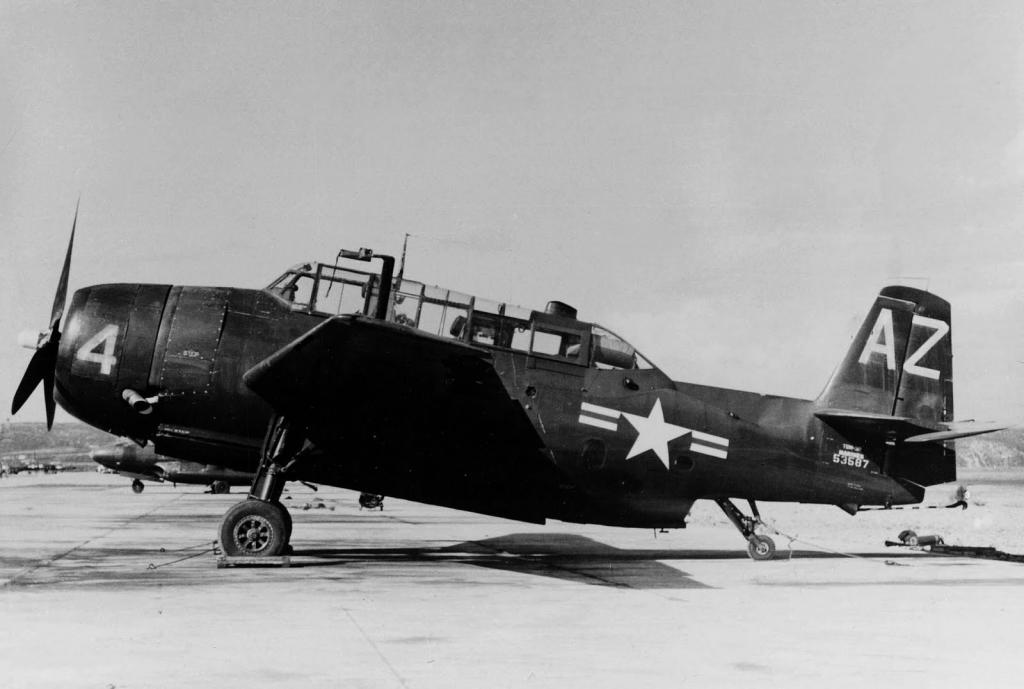
TBM-3R 53587 'AZ' HEDRON-1 Korea 1951
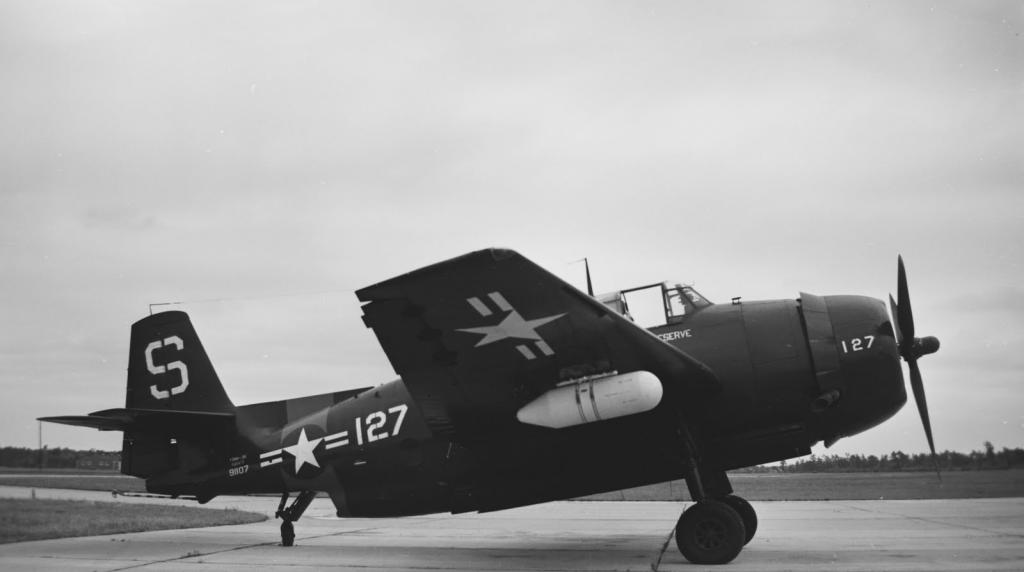
TBM-3E 91107 NAS Norfolk Reserve At Wilmington, NC 1949 (PJMcD)
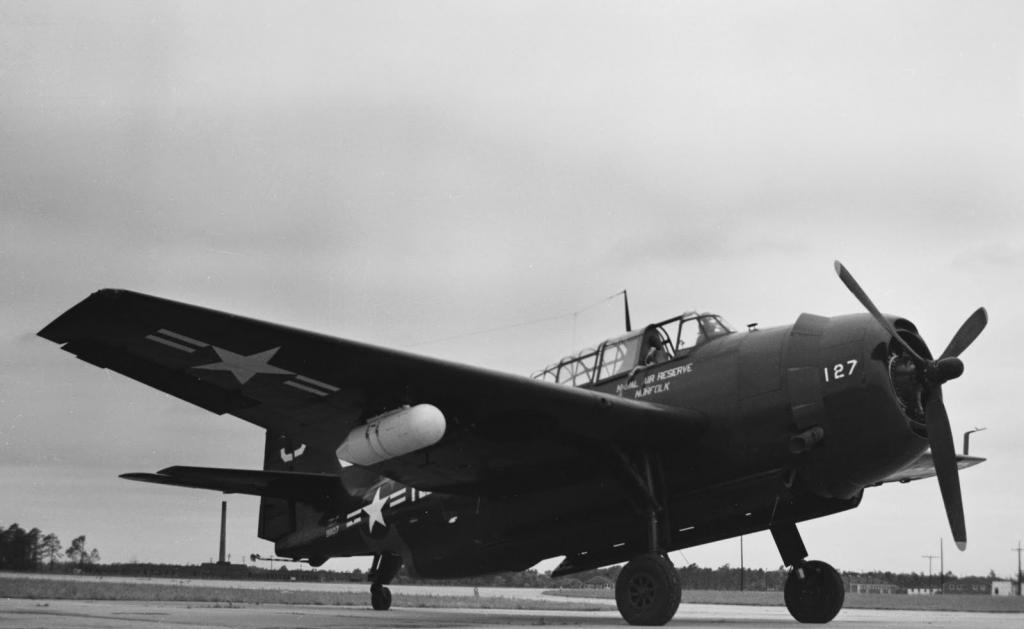
TBM-3E 91107 Norfolk Reserve @ Wilmington, NC 1847 (PJMcD)
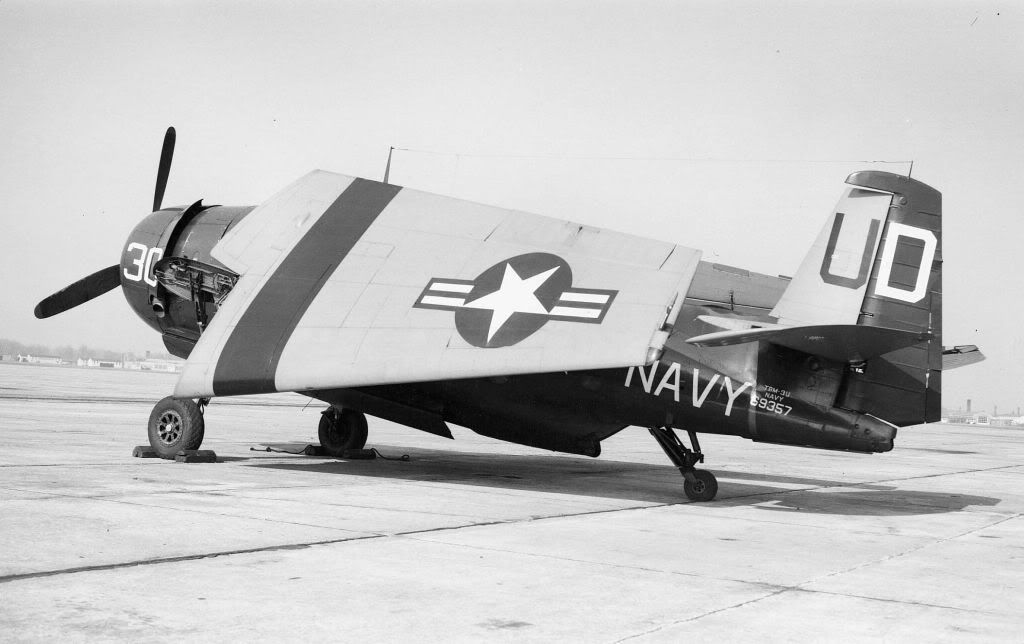
TBM-3U of Utility Squadron Four VU-4
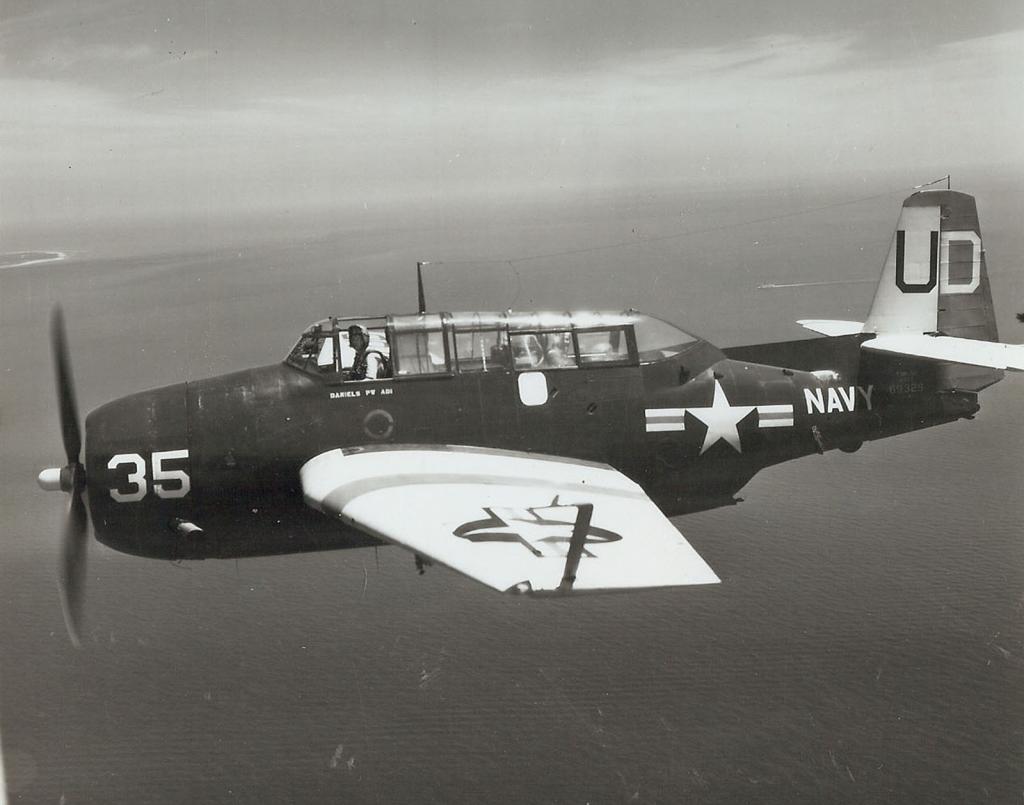
TBM-3U Avenger BuNo 69329 in flight. This plane is now in the Lone Star Flight Museum Galvaston TX
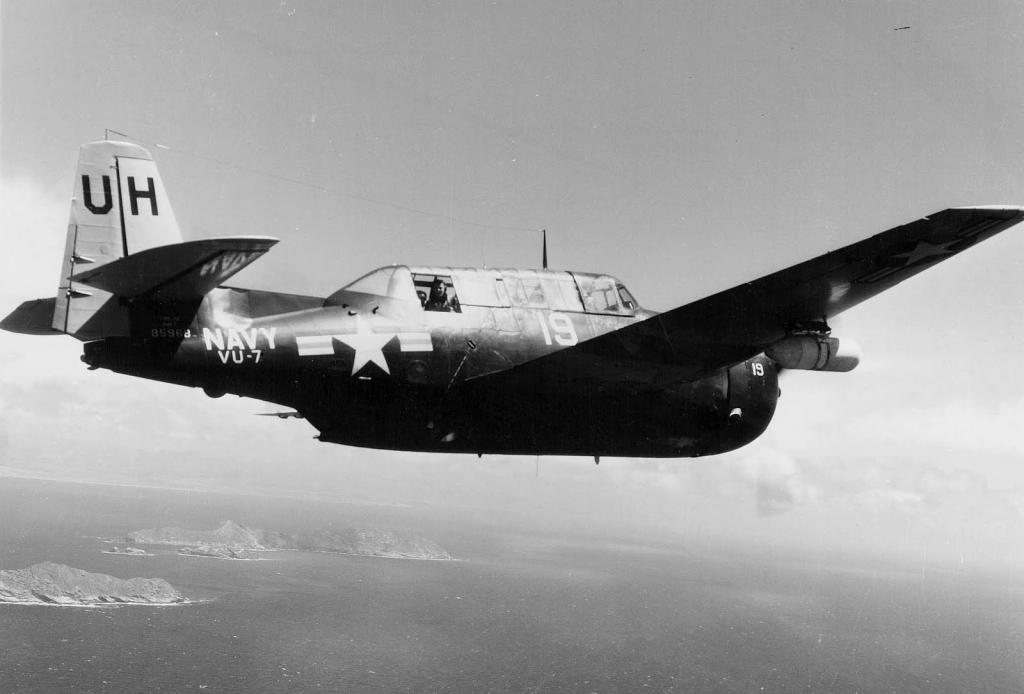
TBM-3U 85968 VU-7 Near San Diego c 1949
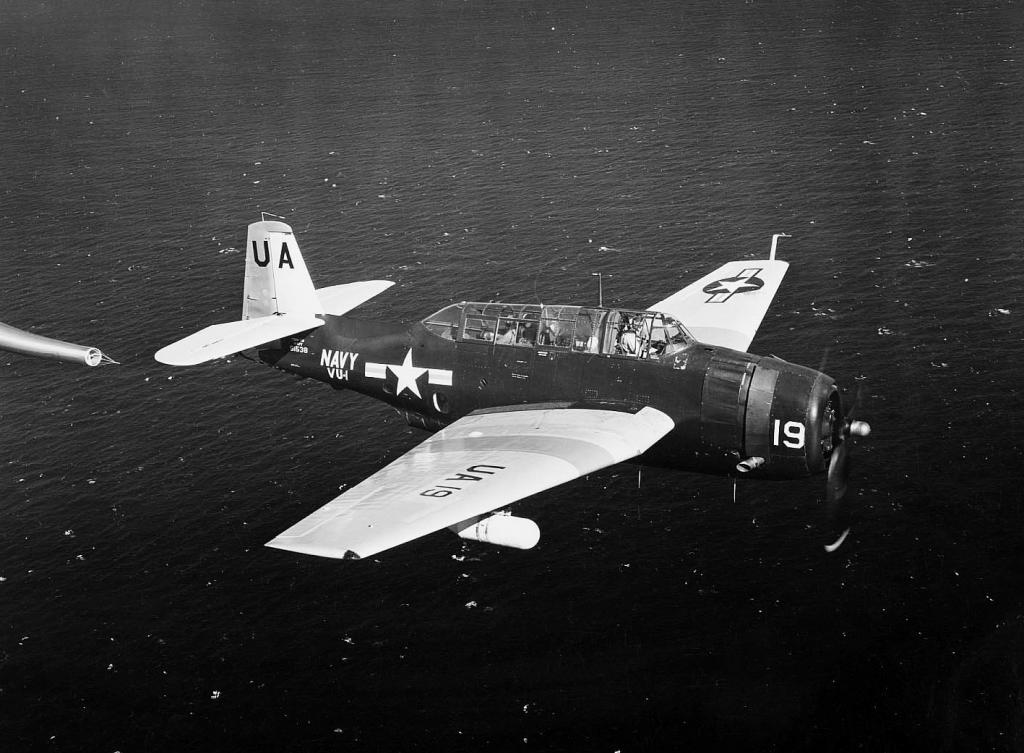
TBM-3U 91538 VU-1 c_1950
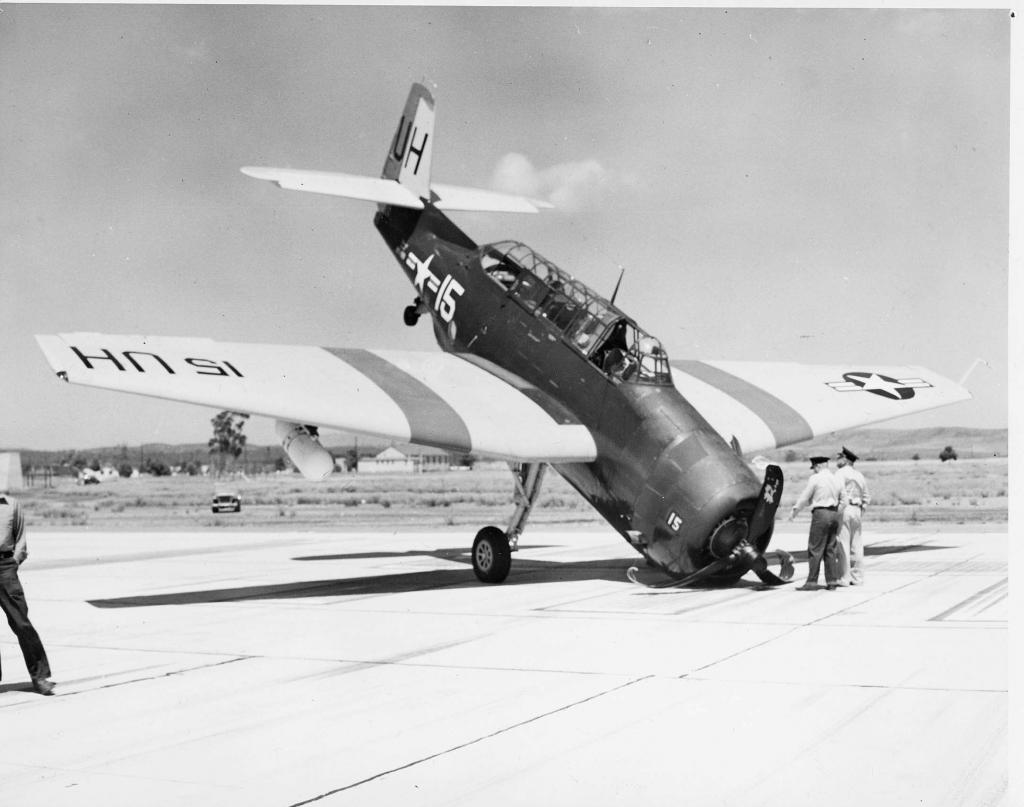
TBM-3U of Utility Squadron Seven VU-7 pictured after nosing over during landing

General Moters TBM-1D on the ground at Naval Air Training Center (NATC), Patuxent River.

TBM-3S2 of Scouting Squadron Twenty-Three (VS-23) on the ground at Naval Air Station (NAS) Oakland.

TBM-3E
Avenger with the Naval Air Reserve Unit (NARU) St. Louis pictured
sitting on flight line at Naval Air Station (NAS) St. Louis MO.

TBM-3E Avenger, with Composite Squadron Eleven (VC-11) parked on the flight line at San Francisco Coast Guard Air Station.

TBM-3R 53587 'AZ' HEDRON-1 Korea 1951

TBM-3E 91107 NAS Norfolk Reserve At Wilmington, NC 1949 (PJMcD)

TBM-3E 91107 Norfolk Reserve @ Wilmington, NC 1847 (PJMcD)

TBM-3U of Utility Squadron Four VU-4

TBM-3U Avenger BuNo 69329 in flight. This plane is now in the Lone Star Flight Museum Galvaston TX

TBM-3U 85968 VU-7 Near San Diego c 1949

TBM-3U 91538 VU-1 c_1950

TBM-3U of Utility Squadron Seven VU-7 pictured after nosing over during landing
Re: TBM-3W the "Ugly Avenger" ...
Tue Jan 21, 2014 11:10 am
Is it wrong to ask a turkey if its pregnant? 
Re: TBM-3W the "Ugly Avenger" ...
Tue Jan 21, 2014 12:33 pm
Mark Allen M wrote:Although the Avenger had not yet entered service it was the obvious aircraft to carry the new radar set, being one of the largest aircraft then operating from carriers, and with a large internal bomb bay. The resulting APS-20 radar set had an 8ft by 3ft antenna, the largest that would fit between the undercarriage legs of the Avenger. The radar set was mounted in the forward part of the bomb bay, with the antenna protected by a massive fiberglass radome. Two radar operators were located in the radio operator's station at the rear of the aircraft, while the turret was removed and a new single place cockpit with a turtle-back fairing replaced the greenhouse. At the same time as gaining a second crewman the radio operator's compartment lost some space as the 'tunnel' was smoothed off to improve the aircraft's rear ground clearance.
The rest of the fuselage was filled with electrical equipment, including two VHF radios, IFF gear, the rest of the radar set and data link relay equipment that could transmit the radar data to another aircraft or to the ground. Finally auxiliary tail fins were added near the tips of the horizontal stabilizers to improve lateral stability.
Of course only now that you mention it, that feature (the "smoothed out" aft tunnel) stands out like a sore thumb - but I never actually noticed it before!
Anybody who has ever done sheet metal repairs or fabrication on an airplane will know that it probably wasn't as easy a change as the way you said it made it sound!
Any idea what the external duct or conduit is along the left side of the new aft canopy "turtledeck"?
And thanks as always Mark for yet another interesting photo essay!
Re: TBM-3W the "Ugly Avenger" ...
Tue Jan 21, 2014 12:51 pm

Re: TBM-3W the "Ugly Avenger" ...
Tue Jan 21, 2014 1:25 pm
Always welcome.
A little info on the photos posted above.

TBM-3U of Utility Squadron 7A (VU-7A) pictured at NAS Barbers Point, Hawaii.
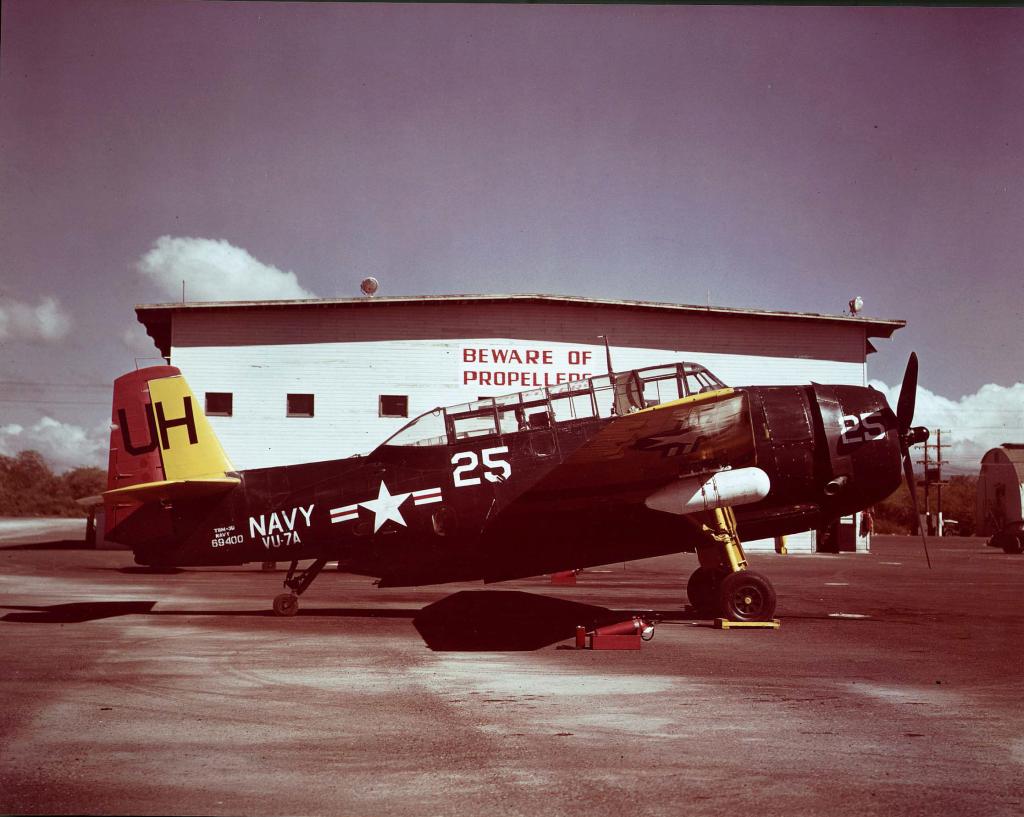
TBM-3U of Utility Squadron 7A (VU-7A) pictured at NAS Barbers Point, Hawaii.
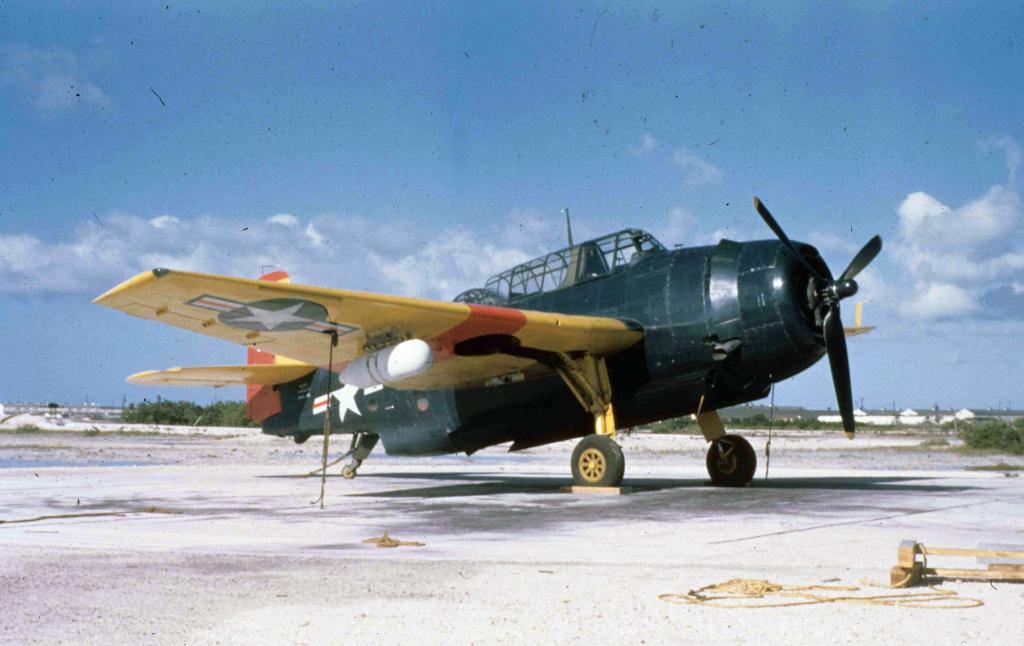
A TBM-3E Avenger of Experimental Squadron (VX) 1 pictured at Naval Air Station (NAS) Boca Chica, Florida 1948
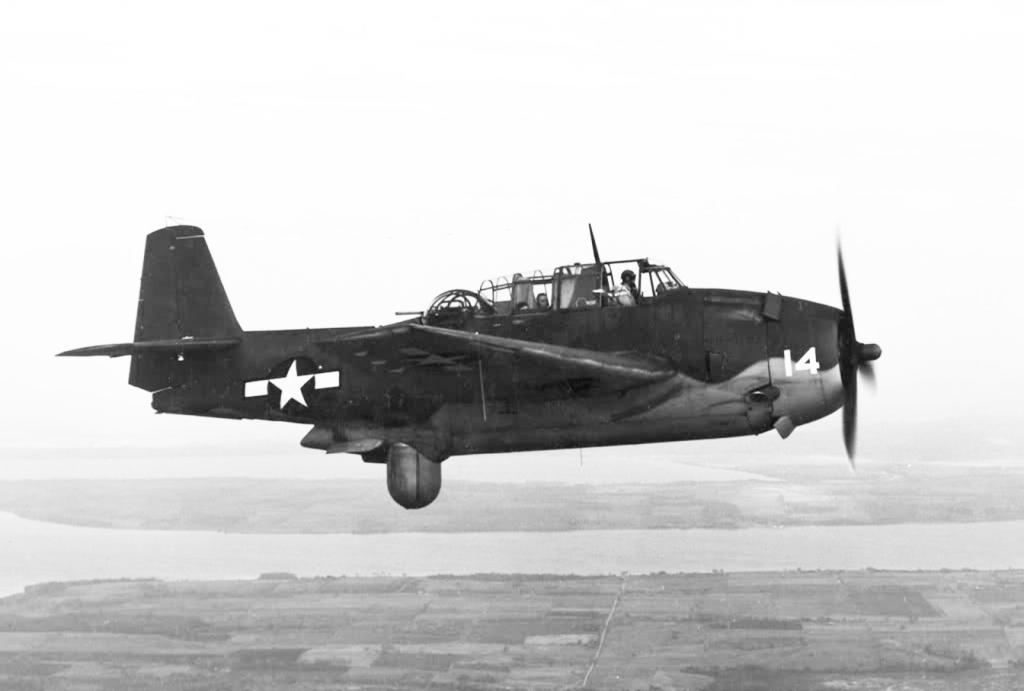
TBM-1C drone controller used for the INTERSTATE TDR-1 ASSAULT DRONE 12 Oct 1943.
When deployed to the Pacific Theater of Operations in May 1944, the TOR-1 assault drones were still finished in their original scheme of dark sea blue over white. Aside from the usual national insignia, markings consisted of the occasional name on the nose and sometimes a tactical number painted on the tail. During combat operations, the forward cockpit windscreen was removed, and the cockpit was faired over with a plate. After takeoff, the landing gear was dropped since the TDR-1 was on a one-way mission. The TBM-1 C Avenger control aircraft was modified with a large receiver/transmitted antenna under the rear fuselage contained in a dome-shaped cover.
A little info on the photos posted above.

TBM-3U of Utility Squadron 7A (VU-7A) pictured at NAS Barbers Point, Hawaii.

TBM-3U of Utility Squadron 7A (VU-7A) pictured at NAS Barbers Point, Hawaii.

A TBM-3E Avenger of Experimental Squadron (VX) 1 pictured at Naval Air Station (NAS) Boca Chica, Florida 1948

TBM-1C drone controller used for the INTERSTATE TDR-1 ASSAULT DRONE 12 Oct 1943.
When deployed to the Pacific Theater of Operations in May 1944, the TOR-1 assault drones were still finished in their original scheme of dark sea blue over white. Aside from the usual national insignia, markings consisted of the occasional name on the nose and sometimes a tactical number painted on the tail. During combat operations, the forward cockpit windscreen was removed, and the cockpit was faired over with a plate. After takeoff, the landing gear was dropped since the TDR-1 was on a one-way mission. The TBM-1 C Avenger control aircraft was modified with a large receiver/transmitted antenna under the rear fuselage contained in a dome-shaped cover.
Re: TBM-3W the "Ugly Avenger" ...
Tue Jan 21, 2014 1:39 pm
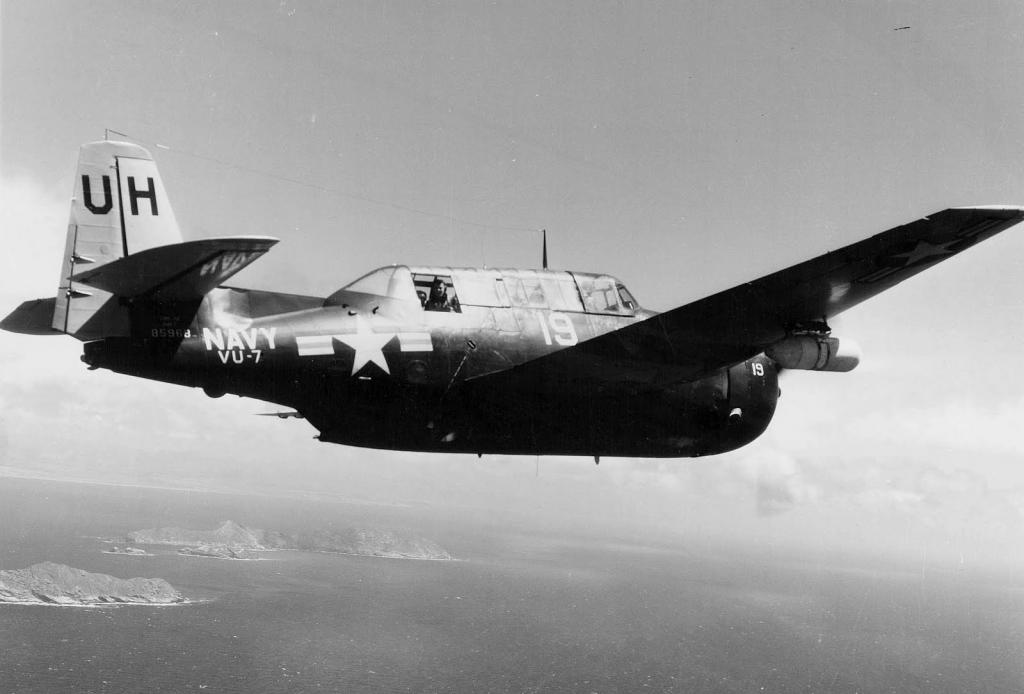
TBM-3U 85968 VU-7 Near San Diego c_1949
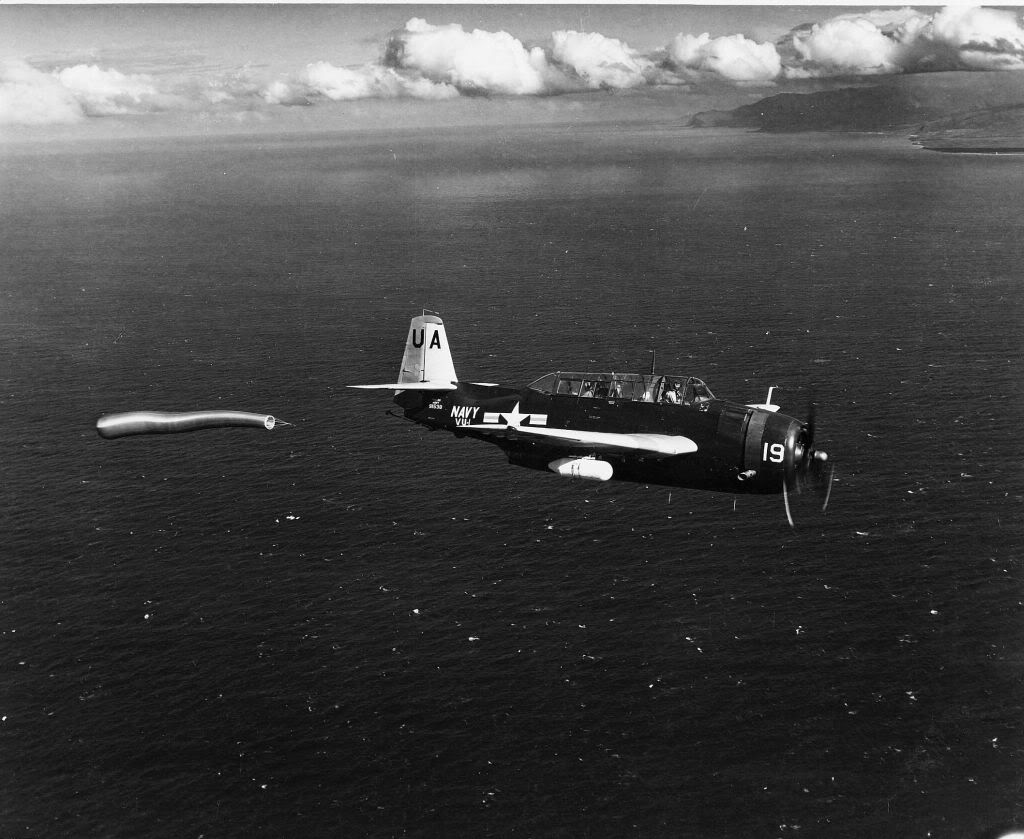
TBM-3U assigned to Utility Squadron One VU-1 pictured towing a gunnery sleeve in the vicinity of Hawaii
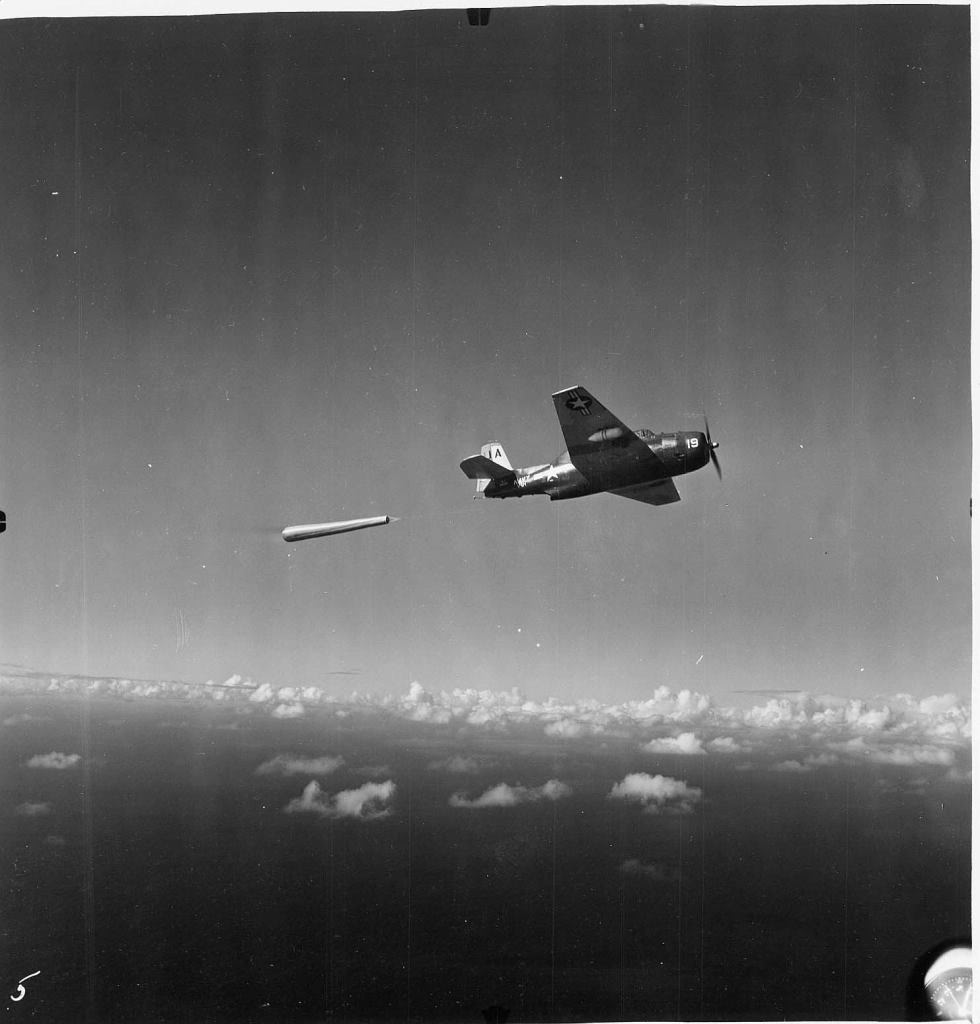
TBM-3U assigned to Utility Squadron One VU-1 pictured towing a gunnery sleeve in the vicinity of Hawaii
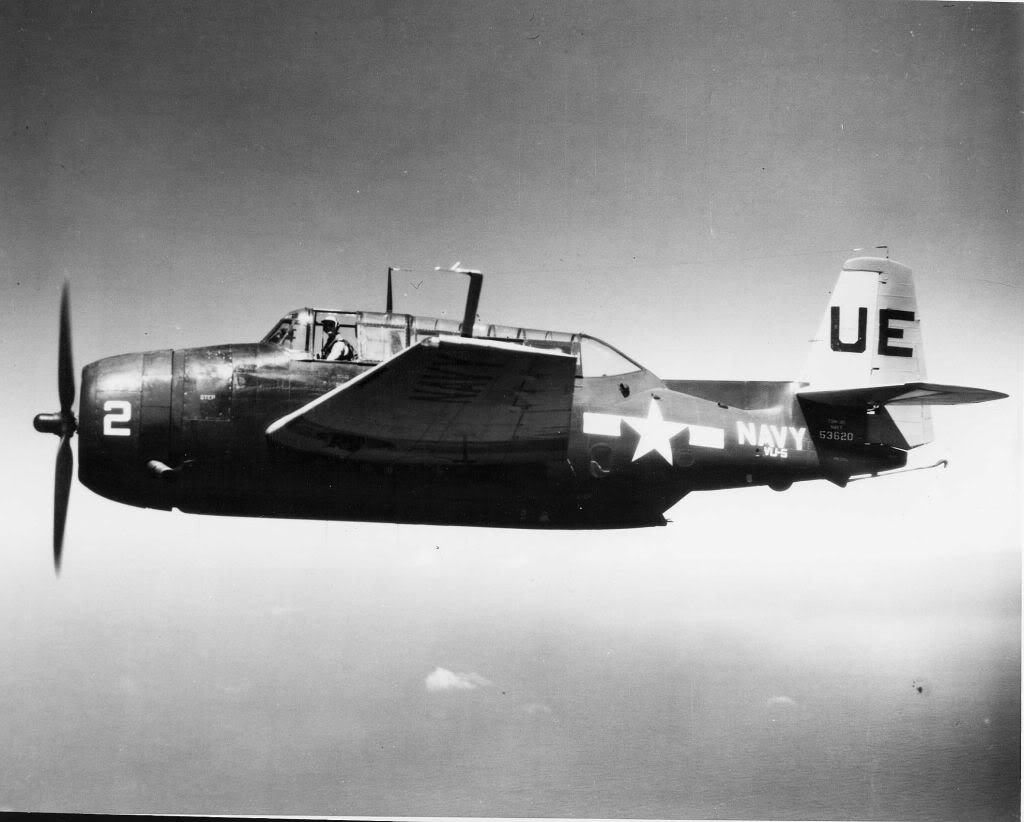
TBM-3U of Utility Squadron Five VU-5 pictured in flight over Guam
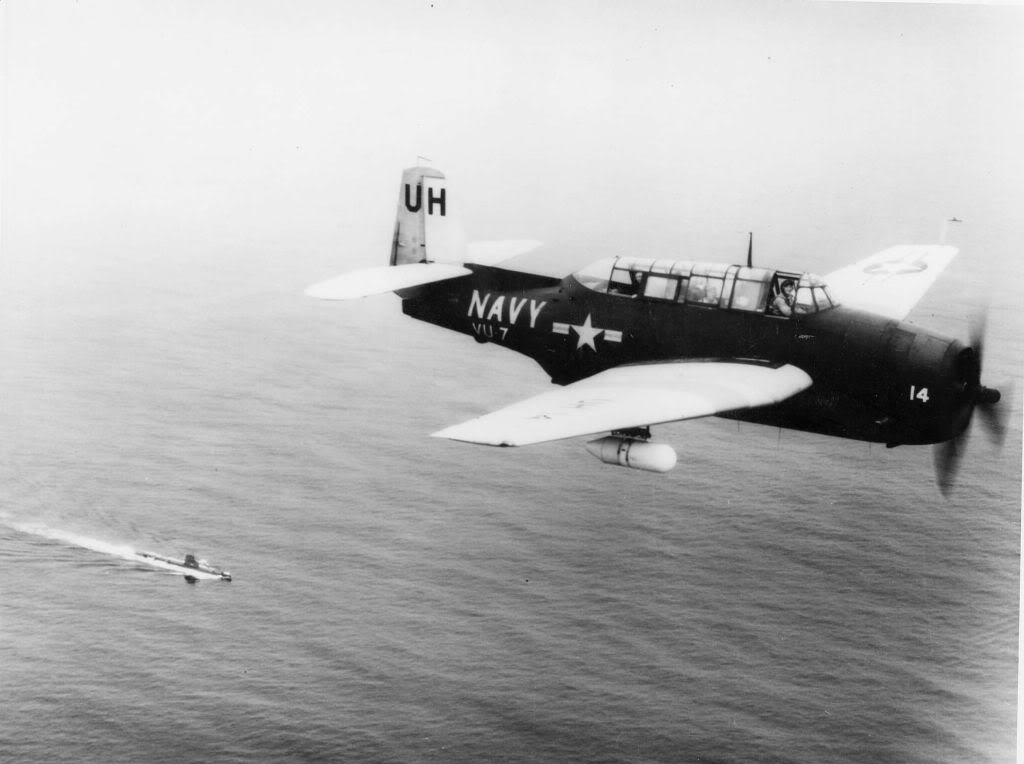
TBM-3U of Utility Squadron Seven VU-7 based at Naval Air Station San Diego
Re: TBM-3W the "Ugly Avenger" ...
Tue Jan 21, 2014 2:39 pm
Stoney wrote:What happened to the catapult wire after launch?
They became the property of Davey Jones, for a time, until later versions were affixed with retainers which were returned to the launch point for the next aircraft. In later carrier designs you may notice at the end of the catapult track an extended nose piece angled down from the deck. Those are bridle catchers where the decelerating bridle came to rest after the aircraft was flung off. I believe the French still use disposable bridles.
Re: TBM-3W the "Ugly Avenger" ...
Tue Jan 21, 2014 9:21 pm
I've seen worse formations of uglier airplanes ...
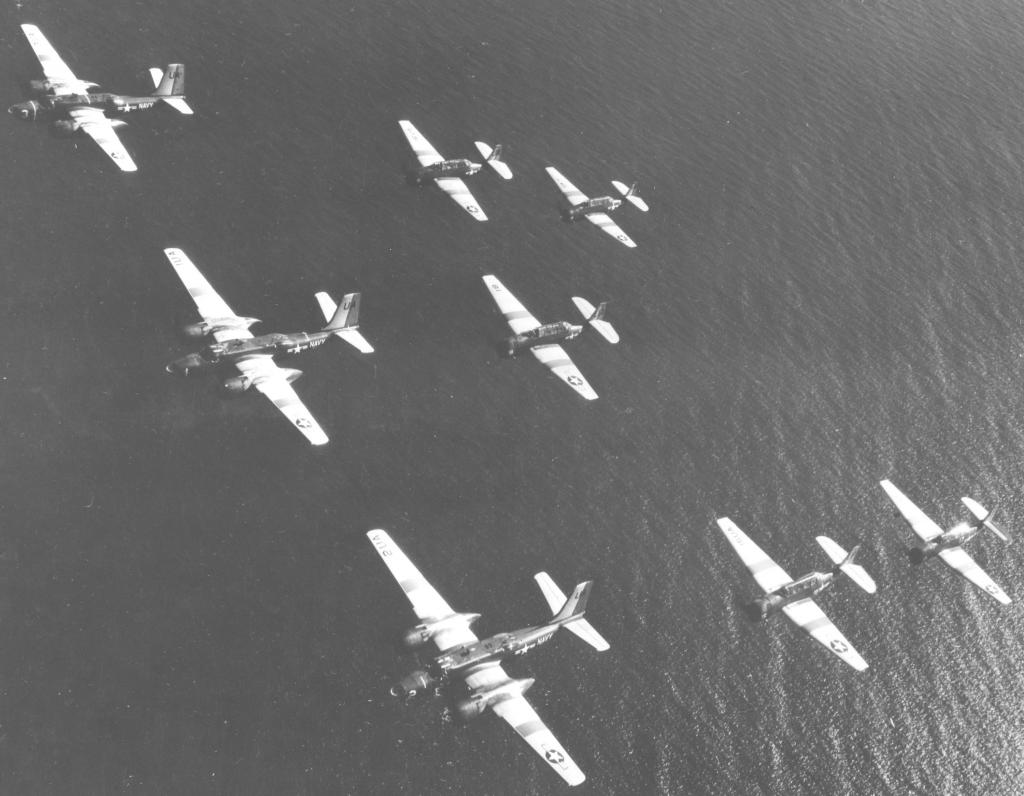
JD-1's followed by TBM-3U's c 1949

JD-1's followed by TBM-3U's c 1949
Re: TBM-3W the "Ugly Avenger" ...
Wed Jan 22, 2014 1:09 pm
Rajay wrote:Mark Allen M wrote:Although the Avenger had not yet entered service it was the obvious aircraft to carry the new radar set, being one of the largest aircraft then operating from carriers, and with a large internal bomb bay. The resulting APS-20 radar set had an 8ft by 3ft antenna, the largest that would fit between the undercarriage legs of the Avenger. The radar set was mounted in the forward part of the bomb bay, with the antenna protected by a massive fiberglass radome. Two radar operators were located in the radio operator's station at the rear of the aircraft, while the turret was removed and a new single place cockpit with a turtle-back fairing replaced the greenhouse. At the same time as gaining a second crewman the radio operator's compartment lost some space as the 'tunnel' was smoothed off to improve the aircraft's rear ground clearance.
The rest of the fuselage was filled with electrical equipment, including two VHF radios, IFF gear, the rest of the radar set and data link relay equipment that could transmit the radar data to another aircraft or to the ground. Finally auxiliary tail fins were added near the tips of the horizontal stabilizers to improve lateral stability.
Any idea what the external duct or conduit is along the left side of the new aft canopy "turtledeck"?
There are are 2 of those tubular ducts, one on each side. The kitbashers and -3W conversion kit makers ID those as air ducts. I've seen a few cutaway drawings and there is a large piece of equipment installed in the turtledeck labeled as a "MD-53/APS-20 Modulator". I believe I found a cousin of the modulator surplus NOS for sale in a following link..at least it matches the drawing pretty well...
scroll down about a third of the way on the right...
With all that equipment crammed in there it must have been pretty toasty in the summer back in the hut.
http://WWW.surplussales.com/equipment/mil.html
(Call for pricing....ooooohh, sounds ominous!
 )
)EDIT- Following is one of the cutaways demonstrating most of the AEW electronics suite...
jproc.ca/rrp/rrp3/avenger_tbm3w_aew_cutaway_b.jpeg